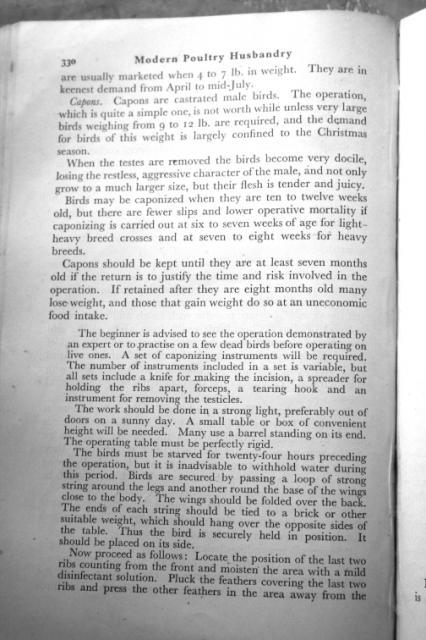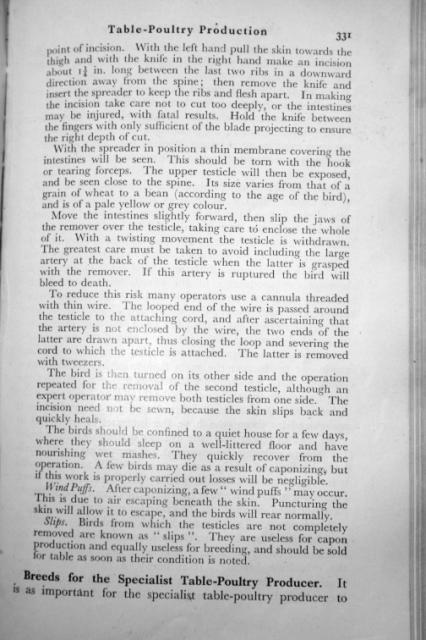@PineappleMama -
I am betting that AC would have to consider them "NOT roosters".
Many barns prohibit stallions, but allow geldings.
I am thinking that the situation is similar and there is definitely an argument to be made that capons are very different from roosters.
I am betting that AC would have to consider them "NOT roosters".
Many barns prohibit stallions, but allow geldings.
I am thinking that the situation is similar and there is definitely an argument to be made that capons are very different from roosters.





